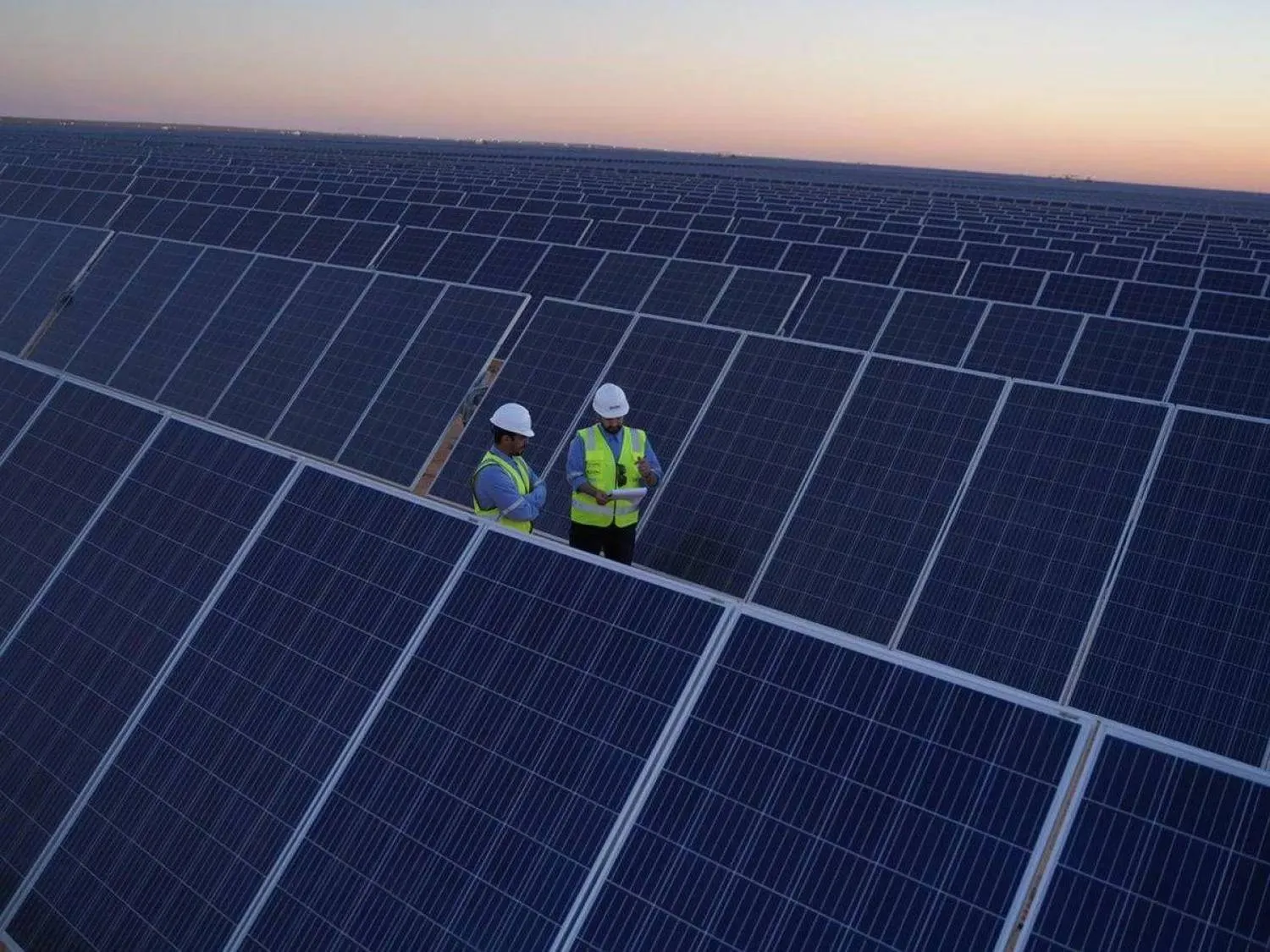Gold prices rose on Tuesday as the US dollar eased due to uncertainty around President-elect Donald Trump's tariff plans, with further support coming from top consumer China's central bank adding to its gold reserves for a second straight month.
Spot gold was up 0.5% at $2,648.75 per ounce, as of 1218 GMT. US gold futures also rose 0.5% to $2,660.20.
"The main factor is the softening of the US dollar over the last two sessions, which has provided some relief for the precious metal," said Ricardo Evangelista, senior analyst at ActivTrades.
The dollar index eased towards a one-week low versus major peers as traders considered whether President-elect Donald Trump's tariffs would be less aggressive than promised following a report in the Washington Post, Reuters reported.
Trump however denied the report, deepening uncertainty about future US trade policies.
A stronger dollar makes bullion more expensive for other currency holders.
Traders are setting their sights on Friday's US jobs report for Fed policy clues, along with job openings data due later in the day, ADP employment and the minutes from the Fed's December meeting on Wednesday.
Fed Governor Lisa Cook on Monday said that the Fed can be cautious about any further rate cuts given a solid economy and inflation proving stickier than previously expected.
Bullion is considered a hedge against inflation, but high rates reduce the non-yielding asset's appeal.
Meanwhile, China's gold reserves stood at 73.29 million fine troy ounces at the end of December as the central bank kept buying gold for a second straight month, official data showed.
"By re-entering the market in December, Beijing signaled that its gold acquisition program remains active—a development likely to lend continued support to the precious metal's price," Evangelista added.
Gold prices gained about 27% in 2024, mainly boosted by robust central bank purchases and Fed rate cuts.
Spot silver gained 0.8% to $30.19 per ounce, platinum added 1.2% to $944.39 and palladium rose 0.9% to $928.38.









